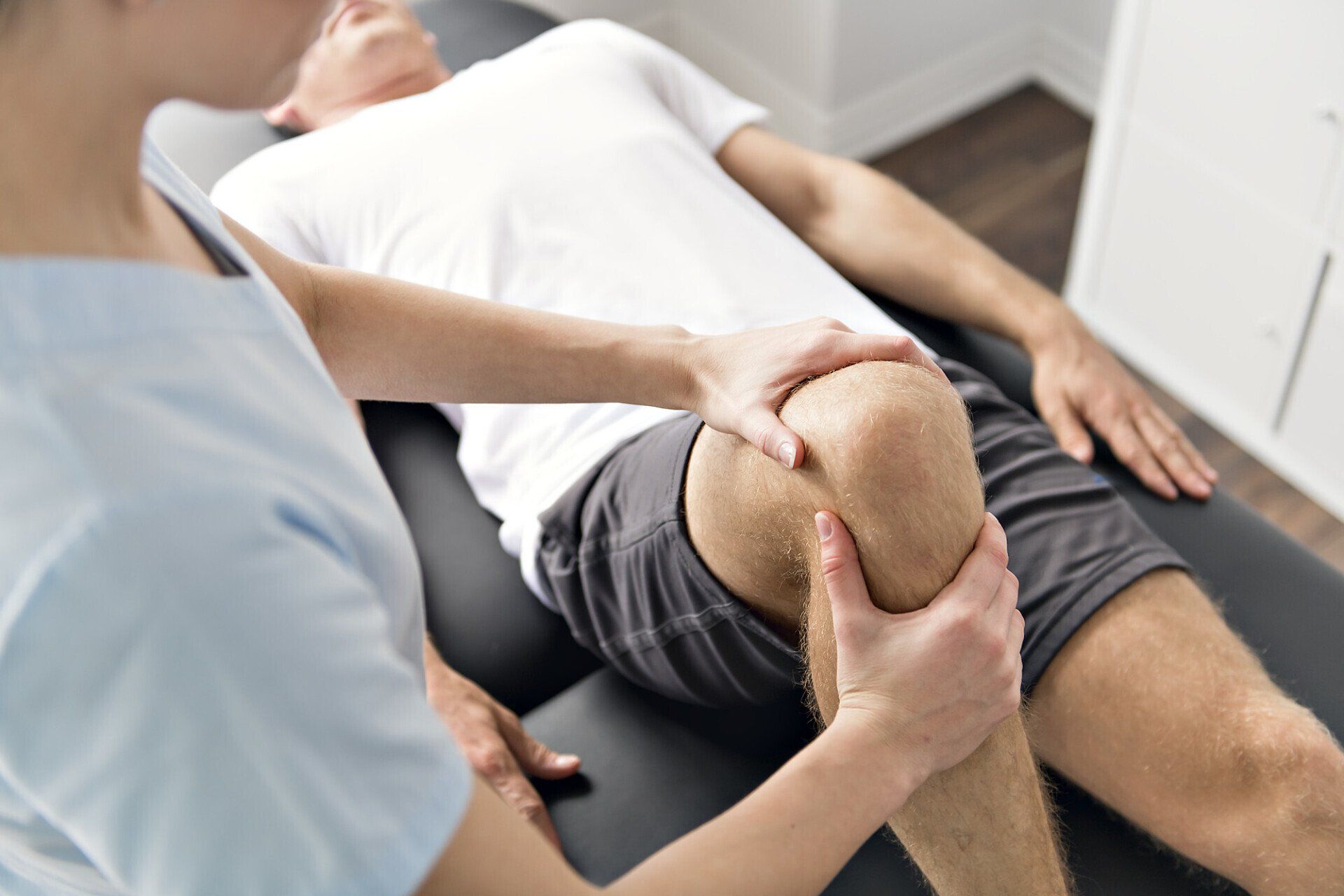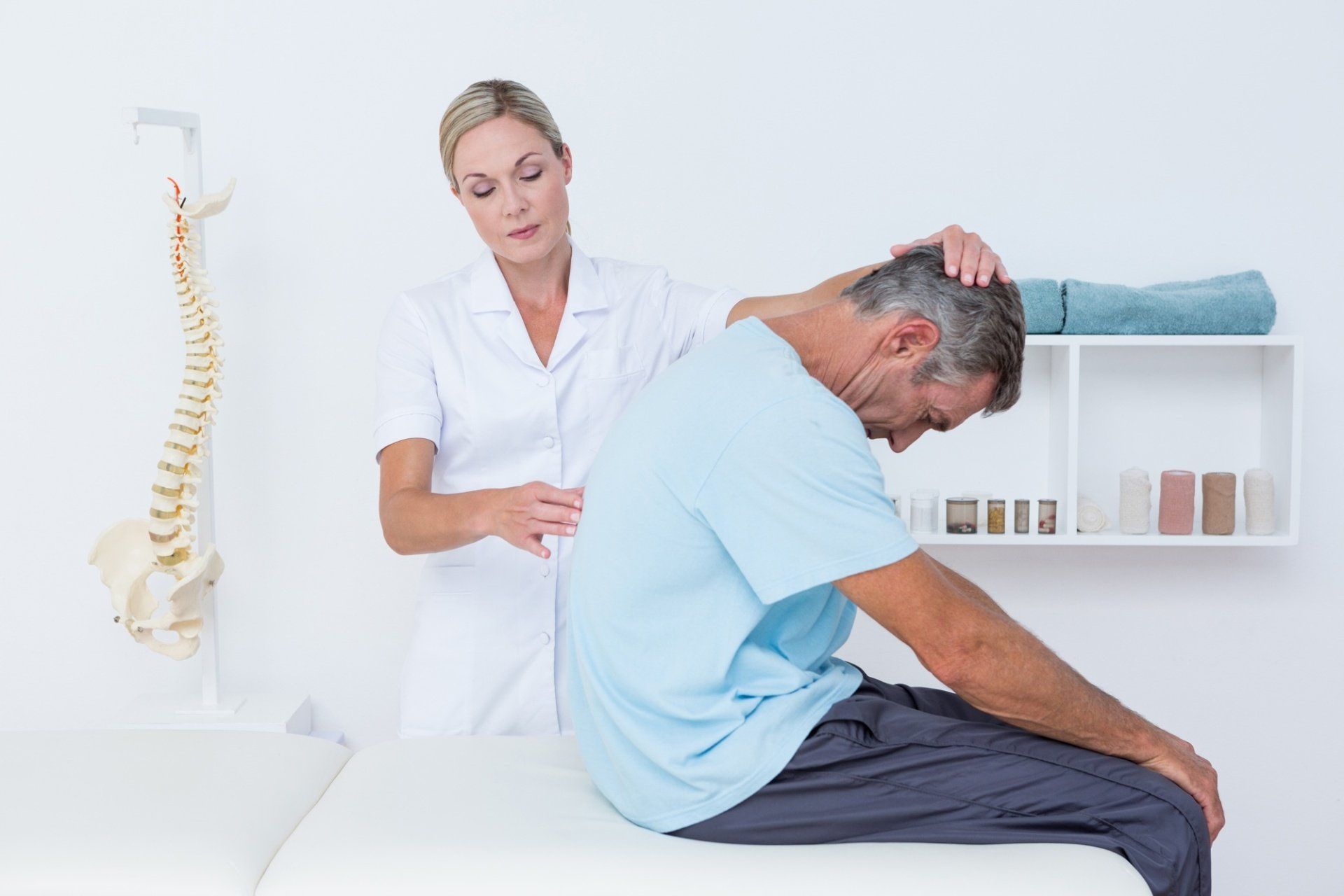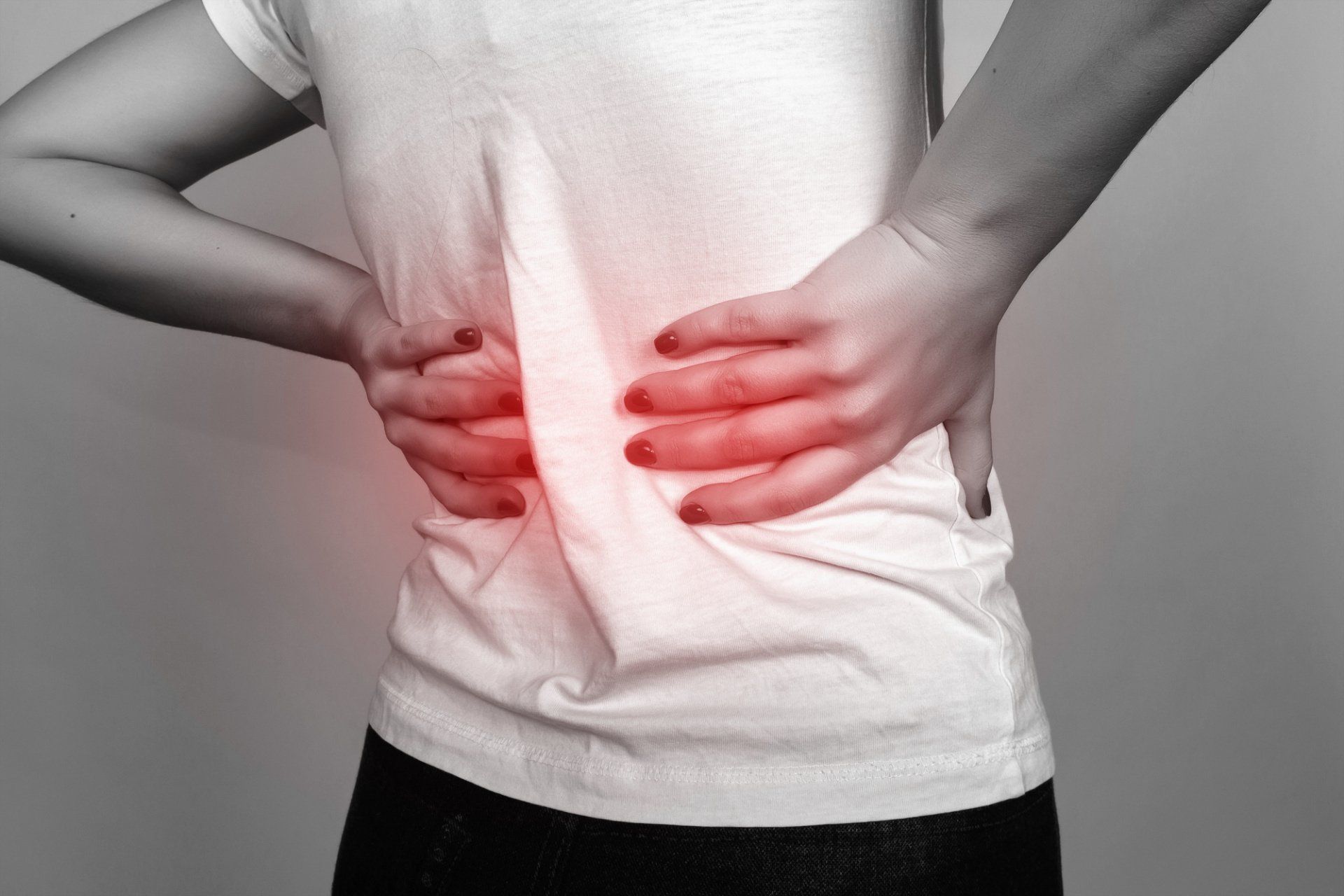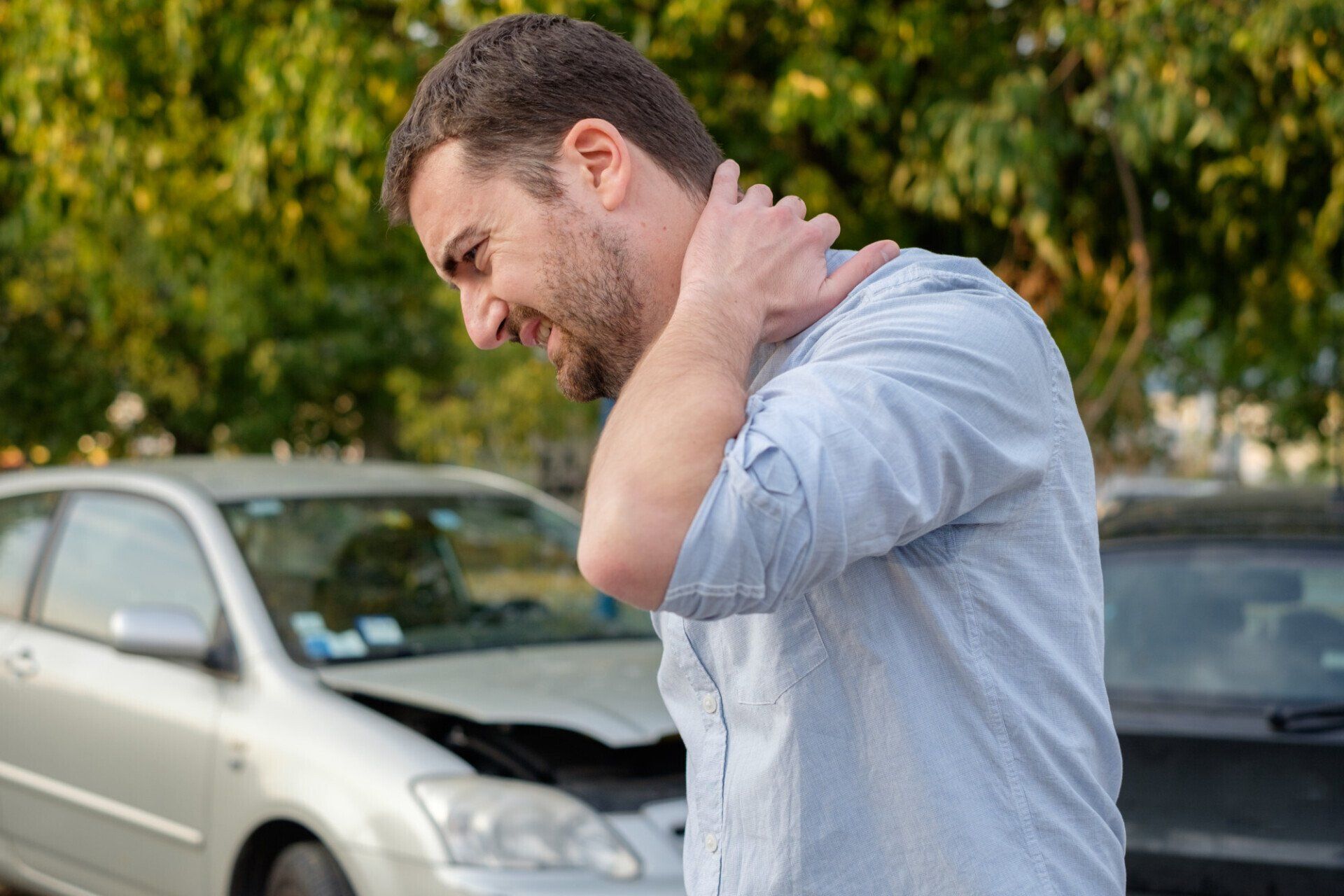Avoiding Injury For Golfers With These Warm-Up And Cool Down Tips
October 2, 2019
As all golfers know, there’s much more to the sport than just standing around and intermittently whacking a small ball with a club. It actually takes an incredible amount of power and athleticism to drive that ball clear across the lush green lawn toward the tiniest, barely-visible target. To meet the demands of the underestimated sport, you need to be strong, flexible, and well-balanced.
It's not hard to fathom why 80% of golf players have back torment since it winds up being a great deal of one-directional redundancy when you include the swings you take during your round as well as all the practice swings.
Warm-Up Tips
- Walk briskly for a few minutes until your heart rate has raised.
- Warm-up your neck and upper back by lowering your chin to your chest and gently rolling your head from side to side in slow half-circles.
- Warm-up your shoulders. Hold a golf club horizontal to the ground, keeping your hands approximately shoulder-width apart. Slowly raise the club overhead, hold for a few moments and then lower. Hold the golf club in a similar way, but this time behind your back. Raise as high as you can, hold for a few moments, then lower.
- Warm-up your torso with side bends. Slide your hand down your leg to support the weight of your torso.
- Twist through the waist. Gently and slowly turn from one side to the other.
- Go through the motions of swinging the club but don't actually hit the ball. Begin with gentle half swings and gently work up to full swings over the course of a few minutes.
Cool Down Tips
Simply do all of the warm-up exercises in reverse.
Risk Factors For Golf Injuries
- Total time spent playing. In general, the more often you play, the higher your risk of injury. Golfers who spend more than six hours per week in competitive play are at increased risk of overuse injuries, as are professional golfers.
- Unsupervised children. Injuries to children under the age of 10 years are unfortunately the result of inadequate adult supervision. If you are with small children it is imperative to watch them closely.
- Incorrect technique. Examples can include poor swing style or hitting the ground instead of the ball. Incorrect technique greatly increases the risk of injury. Golfers who perform with the correct technique are less likely to injure themselves.
- Failure to warm up and cool down. Warming up and cooling down is extremely important to reduce the risk of muscle and joint injuries.
- Previous injury. Golf can potentially aggravate existing injuries.
Extra Precautions For Your Back
- Consider using a golf cart to transport your clubs, or if you carry clubs the consider using a supportive carry brace.
- Have a routine strength and fitness program that includes weight training or aerobic activities, such as walking or jogging, to improve muscle strength, flexibility, and endurance.
- Strengthen abdominal muscles to support your lower back. A Canadian study found that golfers with strong side abdominal muscles also referred to as obliques, have a reduced incidence of back pain.
- Consider taking lessons with a qualified coach to help improve your technique to prevent injury and improve performance.
The Takeaway
The golf swing is a solid, athletic movement and injury is possible without the necessary precautions. Take the time to properly warm-up and cool-down as muscle strains and sprains are more likely to occur if you fail to warm up properly before play.
We specialize in finding and eliminating the root cause of your ailment, not just treating the symptom. Contact us
today to see how we can be a part of your health and wellness
journey.
Recent Articles

Now that you know the top tips for finding a great chiropractor in St Petersburg FL, it's time to book an appointment. Here at Unified Chiropractic, we want to help you live a pain-free life.
If you're local to the Northeast Saint Pete area, you're more than welcome to come in to meet us face-to-face. We'd love to discuss your healthcare goals with you!
Blogs and Articles

Now that you know the top tips for finding a great chiropractor in St Petersburg FL, it's time to book an appointment. Here at Unified Chiropractic, we want to help you live a pain-free life.
If you're local to the Northeast Saint Pete area, you're more than welcome to come in to meet us face-to-face. We'd love to discuss your healthcare goals with you!










